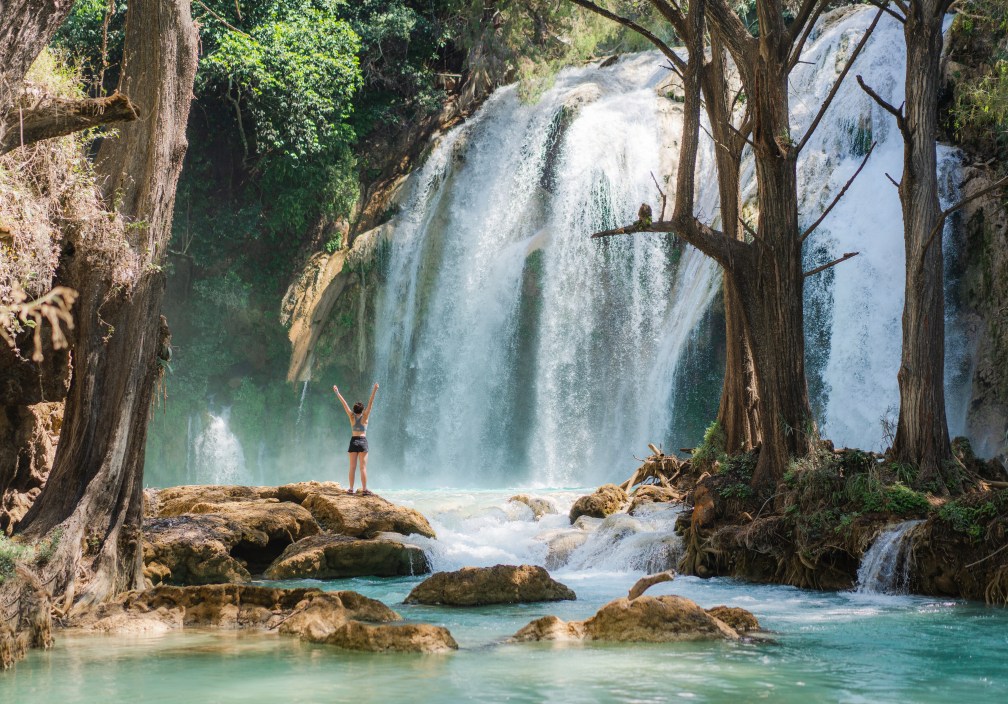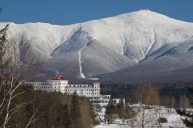Reports of snowfall have pounded our news feeds all winter long, as falling snow has pummeled mountain towns throughout the U.S. Now, spring is melting at an unusual rate, with fluctuations between mild temperatures and fresh snowdrops well into May and surprise stints of sunshine and warmth—which means the onslaught of ice turning to water turning to raging rivers and surprise floods is yo-yo-ing and taking many people by surprise.
And surprises in the outdoors are never good.
We've already seen states like California, Utah, and those along the Mississippi River get a taste of the hidden dangers of melting snowpack, thanks to short temperature spikes and fresh rain that led to extreme flooding in all of these regions. Yosemite closed down, houses along the Mississippi saw higher-than-ever water levels. More concerning, the rivers have already claimed victims to their dangers: The South Yuba River claimed the life of a 17-year-old kayaker from Washington mid-April, who was out with a group of experienced kayakers. A little over a week later, a swift water rescue team was deployed again, this time to the Truckee River in California where five kayakers were pulled from the choppy water—cold, but alive. St. George, Utah, saw two separate water rescues in mid-April.
A busy April doesn't bode with mountains of snow left to melt.
Over the next couple of weeks, as spring thinks about transitioning into summer, we're going to see a lot more of this historic snowpack melt into water—and hit both terrain and people who may not be prepared for it. Melting snowpack can be seriously dangerous, and you should plan your early summer adventures accordingly.
Here's what you can expect:
1. Raging Rivers
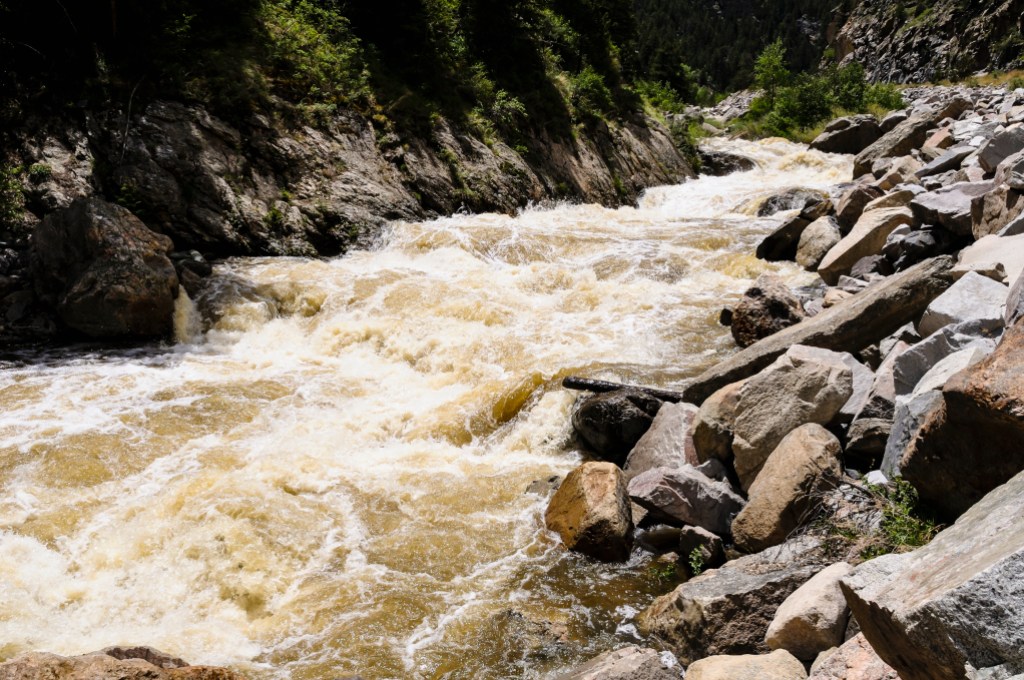
Getty Images
Raging rivers are always one of the biggest dangers during spring and early summer—but with the amount of snow melting off the mountains, this year is going to be extra bad.
The problem: Even if the water looks calm on the surface, the current below is likely flowing faster than people can stand in or swim in, which means you could get swept into the current easily, and it could lead to drowning. As a result, states throughout the western US have issued warnings to keep visitors and residents out of the waterways.
California State Parks Director Armando Quintero warned residents in a recent press release about taking caution around rivers, streams, lakes, and Sierra reservoirs, saying, "As the temperature rises, snowmelt-fed waterways can quickly induce incapacitating cold-water shock to even the strongest swimmers. We encourage everyone to follow the advice of public safety officials and avoid entering waterways if asked to do so."
Despite the warnings, there have already been water rescues in the Truckee and Yuba Rivers. One visiting kayaker perished in the dangerous waters of Northern California's Yuba River. Alecia Weisman, South Yuba River Citizen's League's Headwaters Science Program Director, told Wide Open Spaces, "This year, we expect these types of conditions to continue well into July, making it unsafe to swim."
Weisman explained that the snow melt and series of "intense atmospheric river rain events" are creating significant flows, setting expectations to see big changes in the river channel. "This means that rocks may be in different places, and rapids, tunnels, and swimming holes that folks were once familiar with may have changed drastically."
The same can be said for many of the waterways throughout other parts of California, Utah, Oregon, Colorado, and Idaho.
2. Hypothermic Water Temperatures

Getty Images
Cold water temperatures are typical as the seasons change, but, as with everything this year, the norm is on overdrive: Weisman told Wide Open Spaces that typically, large snowpack means colder water will flow across river floodplains and surrounding habitat for longer in the season than normal.
While the frigid water temperatures create dangerous water conditions for people swimming, Weisman points out that it's a positive for the environment as a whole. "This cool water benefits species such as salmon and amphibians and provides drinking water for many terrestrial species, including humans!" Cold water may delay summer fun, but it's a huge positive overall.
3. Flooding Valleys
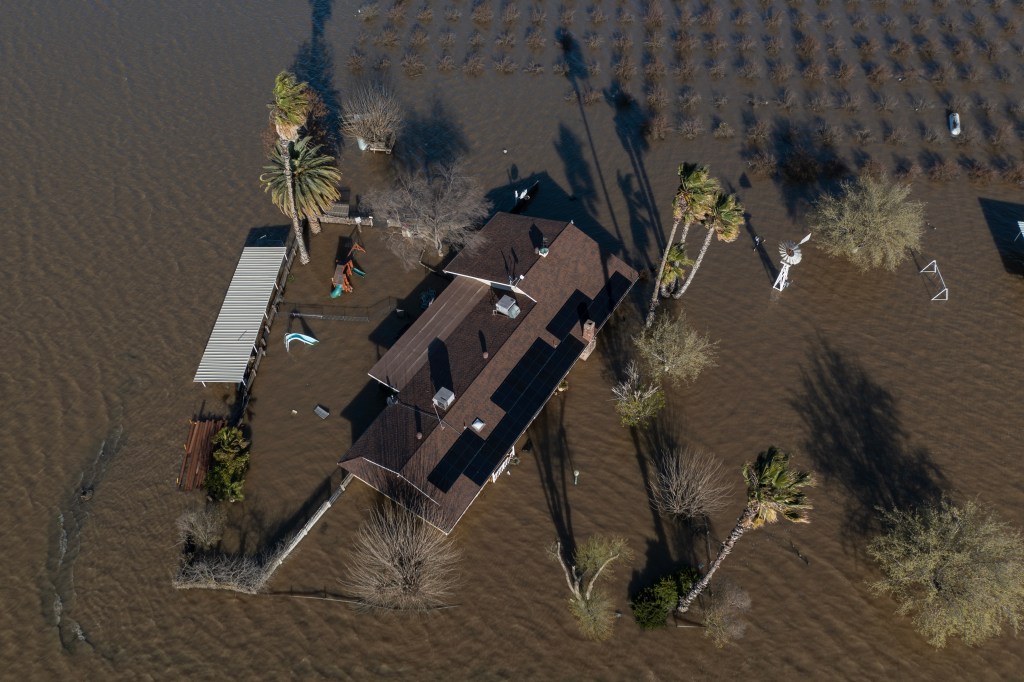
Photo by David McNew, Getty Images
Every state has a region where flooding is an eventuality. But this year, many states are experiencing flooding to an extreme: Utah is seeing heavy snowmelt throughout their northern regions so severe that their governor has issued a state of emergency. The Mississippi river has been under flood warnings for weeks, with North Dakota down to Missouri seeing water levels up against homes and businesses.
California's Central Valley has over 100,000 acres flooded, which has led to the historic return of Lake Tulare, a lake that had been drained for farm lands years ago, which, if it returns to it's former glory, will be three times the size of Lake Tahoe. People who live in the area are on constant alert in case a levee breaks, and they need to be evacuated.
Whether we'll see more or less of gradual or flash floods in the weeks to come all depends on how high the temperatures hit during the day. If temperatures hit in the 80s and 90s, the water will melt quickly, pouring it into the rivers. Cooler temperatures will bring a gradual melt. The Upper Midwest has recorded record snowfall in Duluth, Minnesota, Minneapolis, and Madison Wisconsin.
4. Recreational Closures
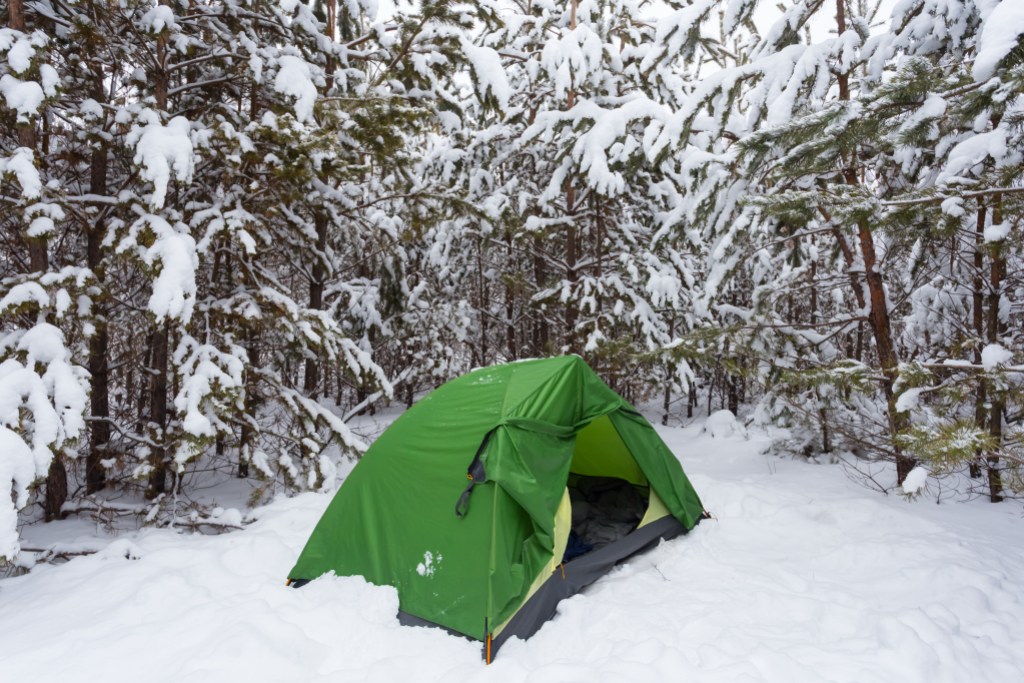
Getty Images
While it's not a hidden danger of winter snowmelt, recreational area closures can put a damper on spring and early summer activities. Due to heavy amounts of snow through out the U.S. some popular campgrounds won't be ready for memorial day crowds. Others may not be open until the end of June, beginning of July. Here's a look at some popular parks with snow-related closures:
Zion Narrows is closed due to high river flows. When water exceeds 150 cubic feet per second, The Narrows close to visitors for their safety. Currently, the water is flowing at 600 cubic feet per second.
Yosemite closed briefly at the end of April due to flooding fears but reopened when the water didn't materialize. However, certain access roads are closed due to heavy winter snowfall, with opening estimates of late June or early July. Of course, campgrounds will be closed if there are additional flooding threats.
Crater Lake National Park in Oregon is closed for the foreseeable future due to an impressive snowpack covering the ground. In addition, all of the lava tube caves are closed because of treacherous ice and snow, with no permits being issued. The caves usually open for summer after the winter hazards are clear, but the park is unsure where n that will happen this year.
While Lassen Volcanic National Park in California may be open to visitors, many of the visitor centers are currently buried under feet of snow. In addition, a deep winter snowpacks cover all trails throughout the park so that dirt trail hiking won't be available until the distant future. However, if snowshoeing, skiing, and snow camping are more your style, summer-long snow may not be so bad!
What This All Means For You
The array of natural dangers currently circulating across the country after last winter's historic snowpack is vast. And mostly, what it means for you is that you need to plan ahead to early summer travels—likely well into July:
- If you have travel plans in California, the Rocky Mountains, or anywhere along the Mississippi River, check current flooding conditions and flash flood risks.
- If you're planning to go to a national park, be sure to check park conditions before heading out for a trip. National park conditions can be checked at nps.gov/planyourvisit. Adventurers can filter by state, park, and closure type. Visitors can also check the specific park's website for more information.
- Rethink any river adventures, at least for now. Swift currents and hypothermic conditions mean you should stay out of the water until the levels die down.
- Overall, stay alert. As the snow begins to melt, visitors anywhere will need to be on the lookout for mudslides, flash floods, rockslides, and unstable ground.
